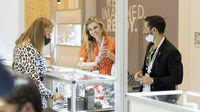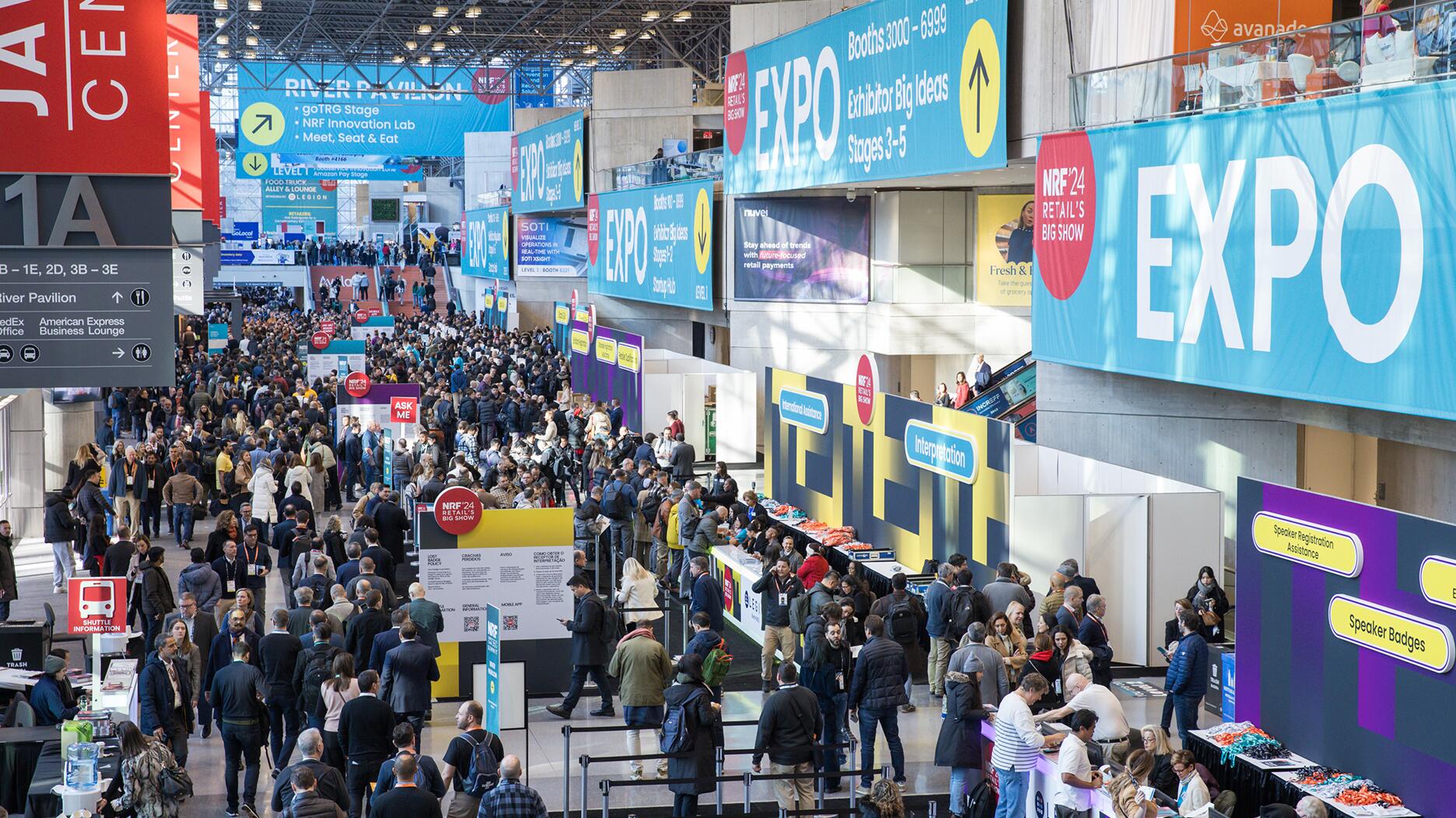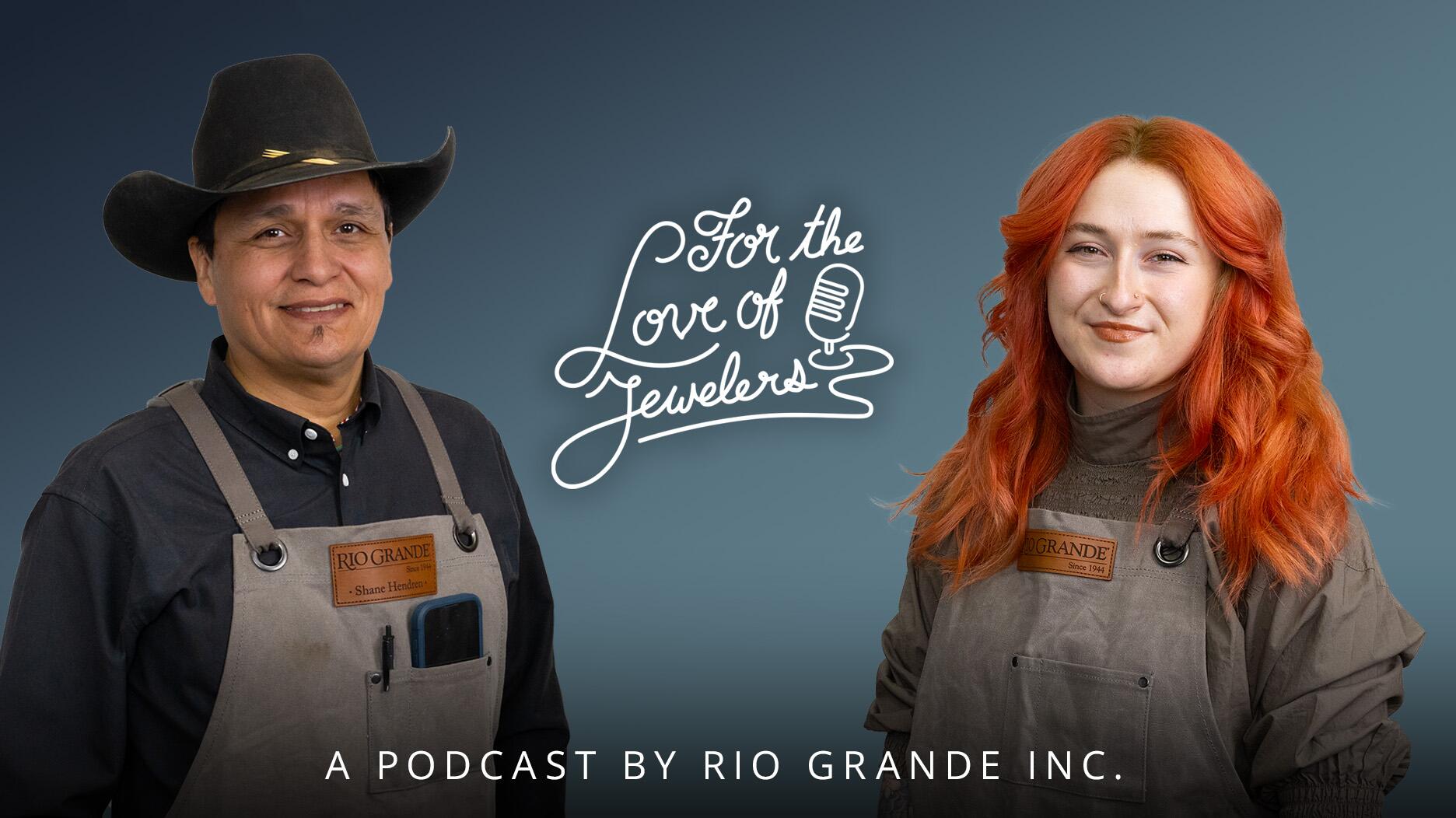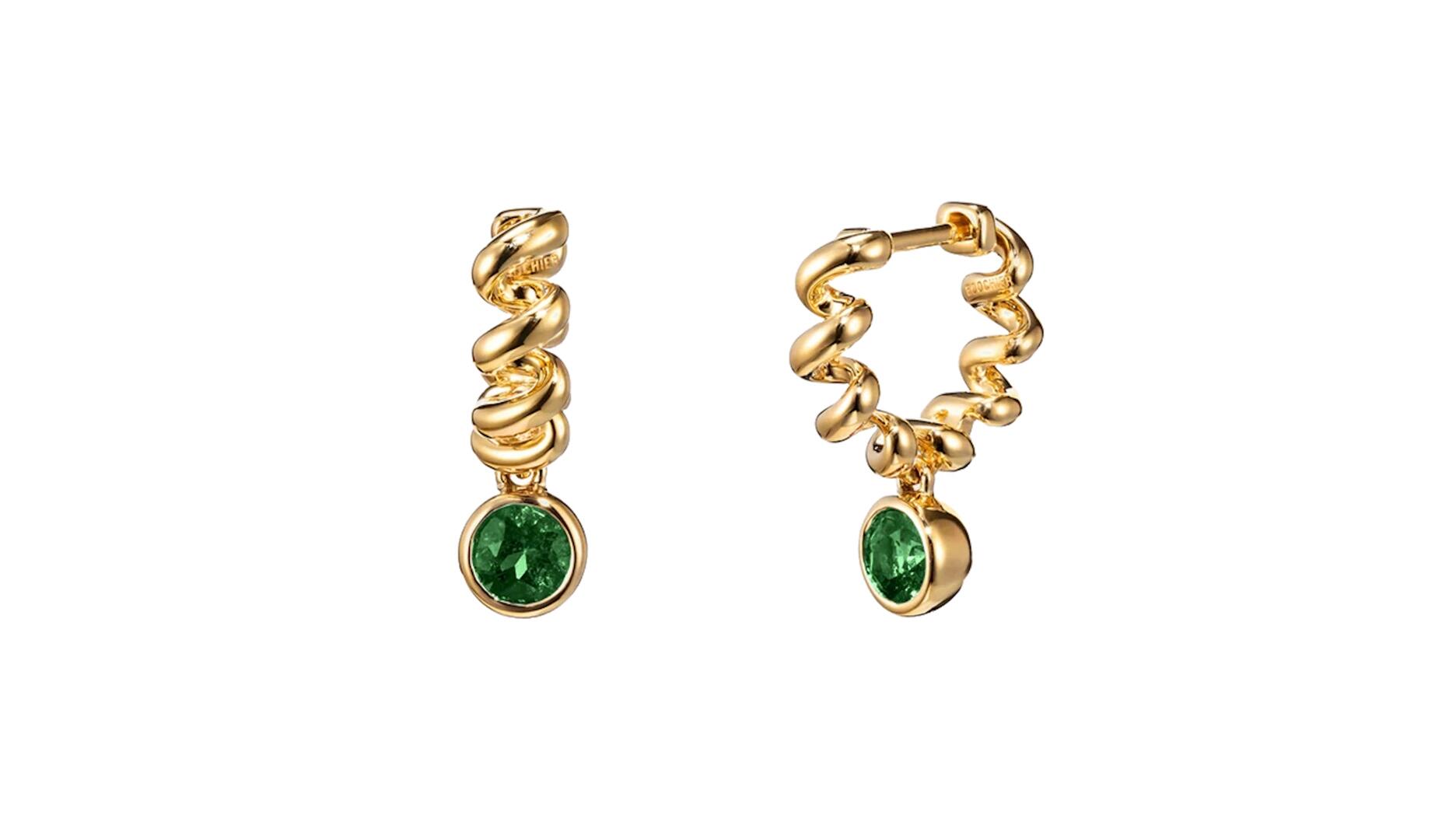A new addition to the “Heirloom” collection, this one-of-a-kind piece features 32 custom-cut gemstones.
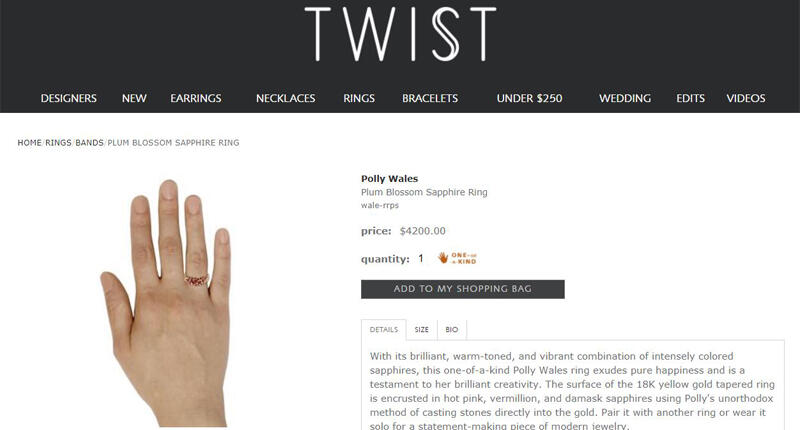
I have a confession to make: I shop at your store a lot.
I’m that maddening sale you think is going to happen but, 99 percent of the time, doesn’t progress any further than filling up that online shopping cart.
Like most consumers today, particularly my millennial cohort, I shop online a lot but it’s mostly just for research.
With information so easily available online, I can browse your inventory in a few minutes, pick out things I like and check to see if they’re available online anywhere else for less. Then I can fill up a cart with all of the things I’d like to buy and … think about it.
Buying online is second nature to my digital-native generation. It’s become my preferred mode of shopping because it helps me avoid hassles—the time spent getting to a store, dealing with crowds or encountering an in-store selection that is more limited than its online counterpart (the new retail refrain always seems to be, “You can probably find it if you look on our website!”).
And though browsing jewelry online is part of my job, because it helps me see what retailers are selling, I also find online shopping to be a stress reliever. It is a belief I think many other millennials share, though research about the psychology of “retail therapy” has pretty much only focused on the brick-and-mortar experience thus far.
Make no mistake, though I love filling up online shopping carts with things I’d potentially like to buy and I take great, anxiety-reducing satisfaction in a well-curated cart, I make the vast majority of my purchases online too.
But there are a few things that stop me.
As your resident secret online shopper (whom you never hired), I’m going to fill you in on what keeps me from clicking the “Purchase” button at your store to better inform your e-commerce best practices.
1. You’re Not Showing Scale
At a panel at the Vicenzaoro jewelry trade show this year, Farfetch’s global vice president Jamie Freed noted how, over time, consumers have demonstrated their growing confidence in buying fine jewelry online by engaging in increasingly larger transactions, with purchases of pieces over $20,000 on the rise.
But there are special considerations to buying fine jewelry over the internet and a major one is scale.
An image of a piece of jewelry being
It’s not easy to visualize the scale of an item by its listed measurements and specifications alone.
Much like a handbag, if I can’t see how large a piece is in relation to the human body I simply can’t picture it, so I can’t buy it. I need to see a ring on the finger, a pendant around someone’s neck, etc.
In my opinion, if you’re not going to show a piece of jewelry being worn, you might as well not show it at all.
The image I need to feel confident in the size and shape of said jewel doesn’t require an expensive professional photo shoot; a clear iPhone snap of the item on a sales associate is all you need.
2. Your Return Policy Is Not Clearly Stated
Call me spoiled, but successful online sellers have set the bar high for the experience I’m expecting to have online and today, that means free shipping and returns.
As shoppers, we’ve become so used to cost-free deliveries that it’s surprising when we do end up with a shipping or return fee and, for me, it’s a purchase deterrent.
Likewise, if a return period is less than the retail standard – 30 days – I feel duped, almost as if a company is hoping I wouldn’t notice and therefore miss the opportunity to send something back if I’m unhappy with it.
Fine jewelry has its nuances compared to other categories and there might be instances where an item is ineligible for return—say, when a piece of jewelry has been made to order.
It’s imperative that that type of information is clearly communicated to shoppers, not in fine print but directly and totally up front to build consumer trust, with potential buyers knowing exactly what kind of commitment they’re making.
3. Your Website is Your Pet Project
My final critique is an issue I tend to encounter more with jewelry designers’ individual e-commerce sites than with the websites of retail stores, independently owned or otherwise.
Again and again, I visit websites with more information than I need, leaving me to sift through content when trying to find simple product information.
I understand why designers do this—they know that it’s not enough to make and sell their jewelry today; they must create stories around it, send out newsletters and e-mails and make note of illustrious press features—but many take it too far.
The most important feature I need to see on a jewelry-selling website is a highly visible menu giving me access to the pieces they’re selling, letting me scroll through all the inventory and items by category (rings, earrings, bridal, etc.).
When I go to a website and get stuck on a fancy, carefully designed landing page that makes me click to “enter” said domain or makes me scroll through beautifully crafted content to eventually select a “Shop Now” button, I’ve already lost some interest.
The underlying issue is the same for the previous tips I’ve shared—a lack of efficiency and ease. Rather than hold online shoppers hostage with content, take them to one homepage that lets them get straight to their shopping via a clear navigation menu and presents some teasers to content, giving them the choice to click on what they’d like.
And when it comes to navigation, please, forego the collection names.
Collections are important to you; they are not important to your audience. We’re shopping with you because we love your jewelry, but we rarely remember which pieces came out when and why.
If you must include, leave an option for browsing by collection and for browsing by category.
Your online shopper is moving faster than you realize—it’s your job to keep up with her.
The Latest

Last month in Dallas, David Walton pushed another jeweler, David Ettinger, who later died.
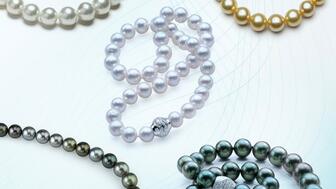
The move will allow the manufacturing company to offer a more “diverse and comprehensive” range of products.

With Ho Brothers, you can unlock your brand's true potential and offer customers the personalized jewelry experiences they desire.
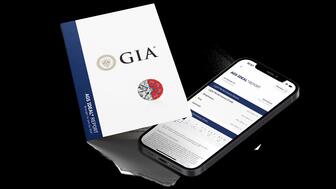
From now through mid-May, GIA will be offering the reports at a 50 percent discount.

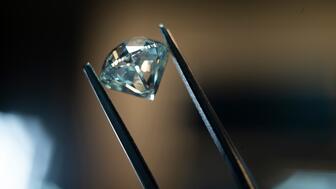
De Beers’ rough diamond sales were down 18 percent year-over-year in its latest round of sales.
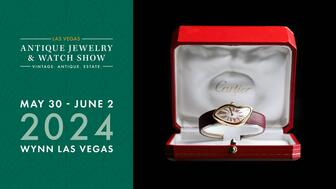

Sponsored by the Las Vegas Antique Jewelry & Watch Show

For over 30 years, JA has advocated for the industry, fought against harmful legislation and backed measures that help jewelry businesses.

The Patek Philippe expert will serve as personal curator for the brand-focused company.
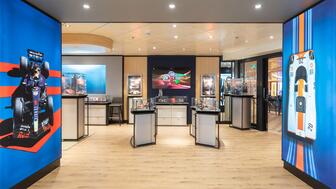
The 553-square-foot shop is aboard the Carnival Jubilee cruise ship.

NDC filed a complaint against Skydiamond for use of phrases like “diamonds made entirely from the sky.”

John Carter received the AGS’s highest honor Tuesday afternoon at Conclave in Austin, Texas.
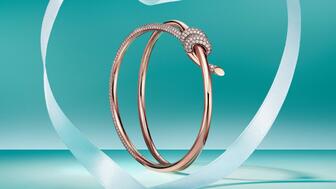
LVMH said the company performed well despite an uncertain geopolitical and economic environment.

B&D Sales and Service held a ribbon-cutting event for its new location in Cranston, Rhode Island.

It’s ultra-feminine and filled with gold, pearls, and soft pastels.

Emily Highet Morgan and Emily Bennett have joined the agency’s team.
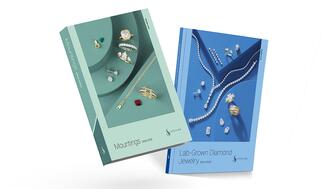
Its updated book for mountings is also now available.

She has been with the organization since 2010, most recently serving as its chief officer of PR and industry relations.
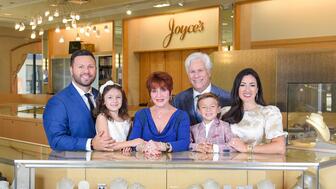
Joyce’s Jewelry sued the bank after cybercriminals drained its accounts of nearly $1.6 million through a series of wire transfers.

He is remembered by loved ones for his loyalty, integrity, and kindness.

Hosted by Freeman’s | Hindman, the sale will take place May 7-8.
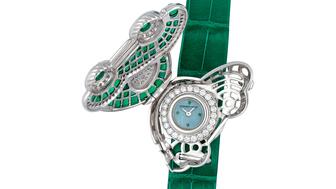
The auction house said all 24 timepieces offered in its underground sale of rare and avant-garde watches quickly found buyers.

From lab-grown diamonds and AI to the inevitable Taylor Swift mention, here are some of Conclave’s most intriguing educational offerings.

From cybersecurity liability to trade show coverage, insurance experts share tips on how to build the right policy.
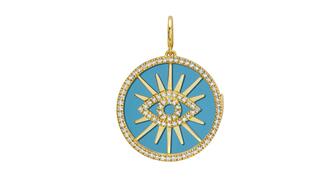
The charm is a modern rendition of the evil eye amulet that has been worn for thousands of years.

Ahead of its trade show next month, TJS awarded free registration and accommodations to one jewelry professional and three students.

By the end of this year, SRK’s diamond manufacturing complexes will achieve net zero emissions, one of an impressive array of achievements.

